
How to grow tulips indoors – a step-by-step guide to forcing these beautiful bulbs
The sight of spring bulbs – their glowing colors and satin-like petals – fills me with joy every year. Whether scattered in borders or bursting from pots, they herald the near end of winter. And, after months of cold and gray, this can feel quite a relief.
Although I do love a daffodil (especially if it's highly fragranced, such as Narcissus 'Bridal Crown'), tulips are my favorite type of spring bulb. And recently, I discovered that they can be grown indoors, similar to forcing hyacinths or paperwhites in a jar.
What better way to celebrate the shifting of seasons in your hoForcing tulips indoorsBrighten your interior this spring by forcing these extravagant spring bulbs.
How to prepare tulips for planting indoors
Some bulbs are sold ready for forcing, which means they've been pre-chilled. But often, you'll need to prepare tulips yourself.
'Tulips require 14-16 weeks of chill time to adequately grow and bloom,' says Katie Sunderlage of Holland Group.
To do this, store the bulbs in a cool, dry, and dark location, she says. This can be a sheltered, outdoor spot where the temperatures are consistently below 50°F during the day but will not go below freezing. The bulbs can alternatively be stored in a refrigerator, she says – a good option if you live in a warmer climate.
She recommends placing them in a paper bag with vermiculite, sawdust, or kitty litter to keep moisture away from the bulbs. If storing them in the fridge, it's important to keep the bulbs away from fruits or vegetables, she adds. 'Fruits and veggies can give off ethylene gases that can cause the bulbs to rot.
'After the bulbs have received the correct amount of time pre-chilling, they can then be planted.'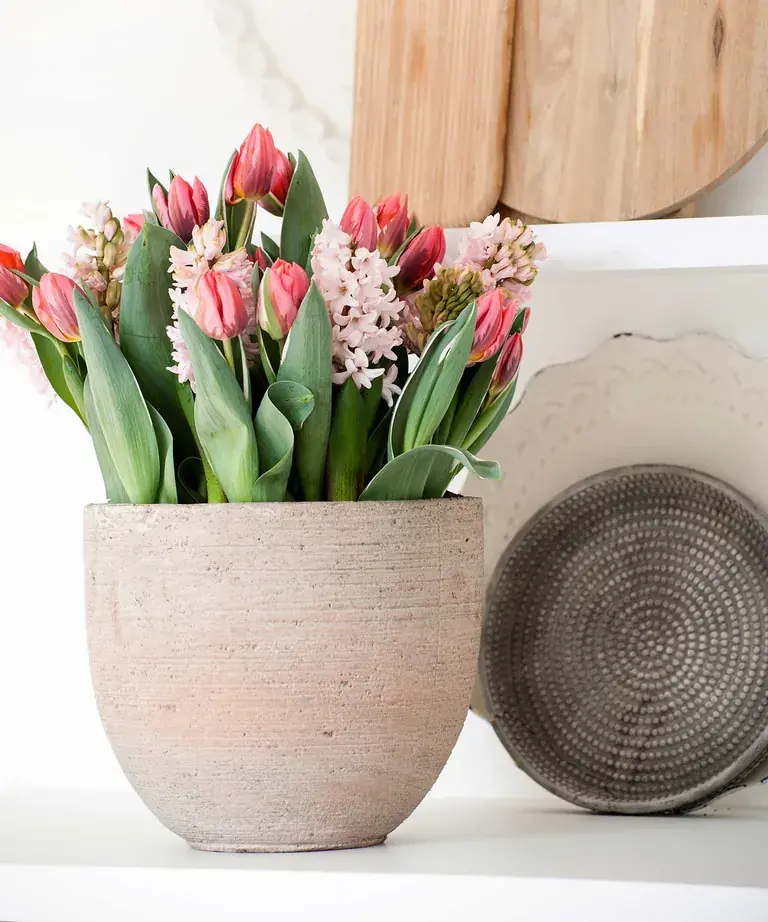
You can also plant the bulbs prior to pre-chilling them, Katie continues. 'The pots can then be stored in the same cool locations recommended above for the required timeframe.'
If following this method, check on them weekly: 'Regular watering isn’t necessary, but the soil should be slightly damp. Using a misting bottle or spray bottle is a great way to provide moisture without overwatering.' If mold starts to form on the surface of the soil, the bulbs should still be okay, she adds, 'but it’s important to not water until the soil is allowed to dry out.'
Operations Manager at Holland Group, managing the customer service department and purchasing, Katie Sunderlage has been in the green industry since 2005 in the Greater Milwaukee area, earning her degree in horticulture in 2008. She has been able to share her love for plants by working in multiple garden centers, in sales positions, and most recently in an online retail platform at Holland Group.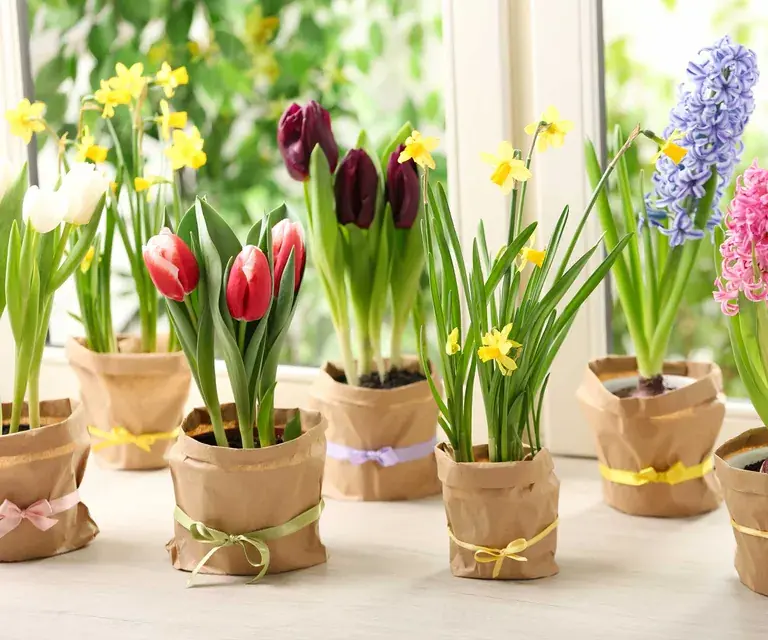
How to plant tulips indoors
Follow these expert steps to force tulip bulbs indoors:
- 'Select high-quality, firm bulbs,' advises Tony O'Neill of Simplify Gardening. He recommends 'Apricot Beauty', 'Christmas Marvel', or 'Golden Apeldoorn'. 'Avoid any bulbs that show signs of damage or rot,' he adds.
- Complete the pre-chilling process explained above by storing the bulbs somewhere cold. If you are pre-chilling them in their pots, follow the planting instructions below beforehand.
- Choose a container that is 6-12 inches in diameter and relatively shallow, advises Anna Ohler of Bright Lane Gardens. 'Use a well-draining potting soil and fill the container to about 3-4 inches below the rim,' instructs Autumn Hilliard-Knapp of Perfect Plants Nursery.
- 'Place the tulip bulbs on top, pointed end up, and cover them with soil, leaving the tips of the bulbs exposed,' Autumn continues. 'Several bulbs can be grown in each container,' says Anna. But, as Tony points out, ensure each bulb has about an inch of space around it. 'Bulbs can be close but should not touch each other or the sides of the pot,' he says.
- 'Water the bulbs thoroughly after planting to settle the soil,' Autumn says.
- After planting your pre-chilled bulbs (or completing the pre-chilling process for bulbs planted in pots), place the pots in a location that is between 55-65°F for about 2-3 weeks, says Katie. This gives them time to acclimate to a warmer environment. Moving them too quickly can shock the bulbs and cause them to grow shorter than expected or not bloom, she explains. 'During this time, make sure to keep the soil moist but not saturated.'
- After they have been acclimated, the potted bulbs can be moved to a bright, sunny, and warm location, says Katie. At this time, they will need more regular watering as they will be actively growing, she adds.
News in the same category


The husband slapped his wife in front of his friends to show off — but her act of revenge left everyone shocked and speechless

10 Clever Ways to Reuse Lemon Seeds at Home
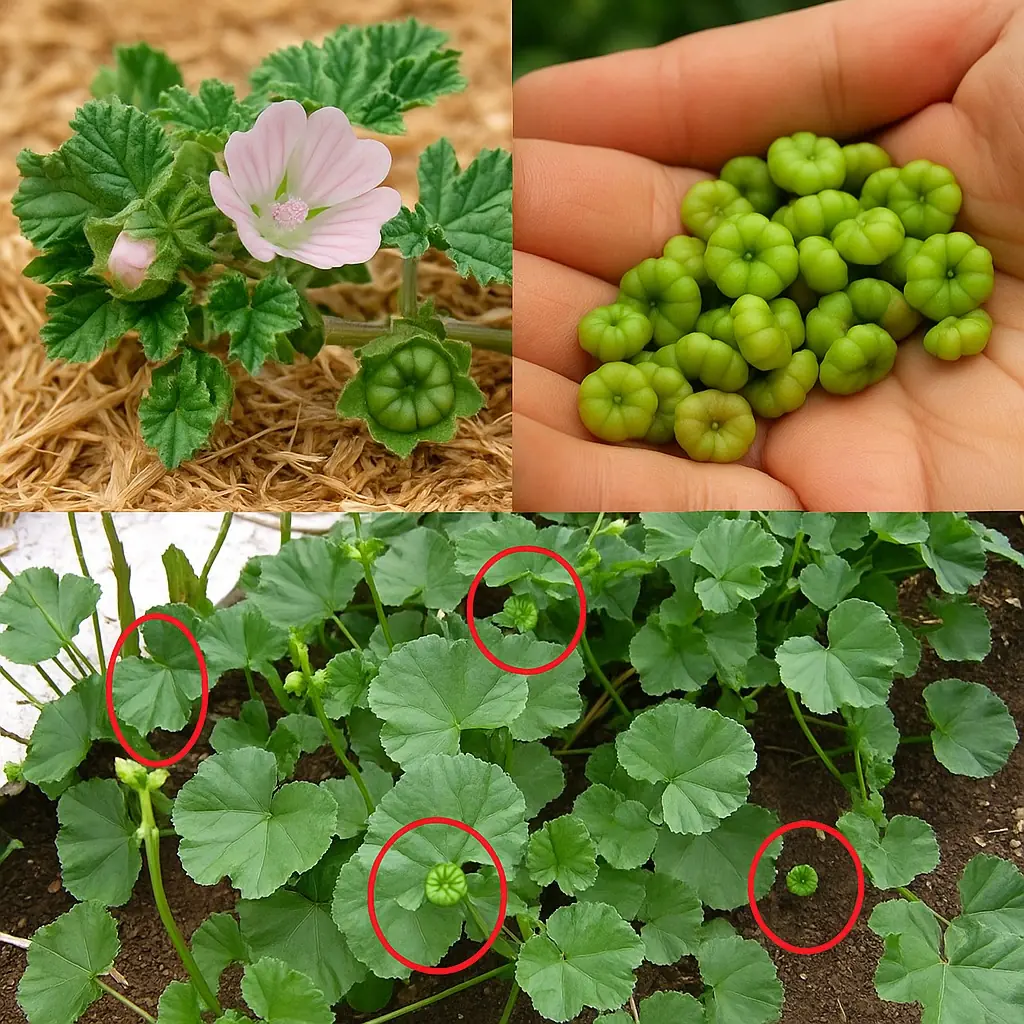
Unlocking the Secret Health Benefits of Common Mallow: Nature’s Wonder Herb for Wellness
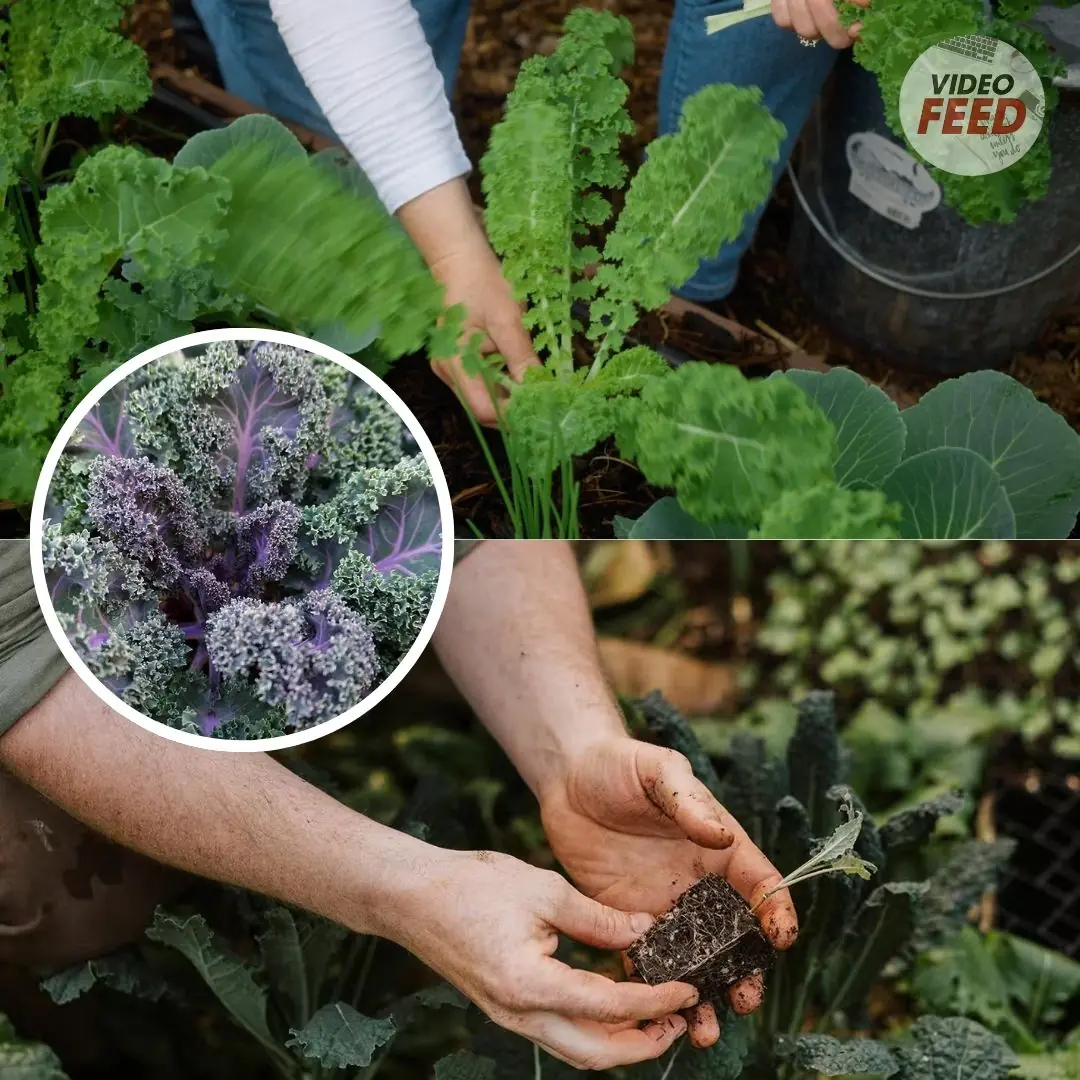
Growing Kale: Planting, Care, and Harvesting Tips
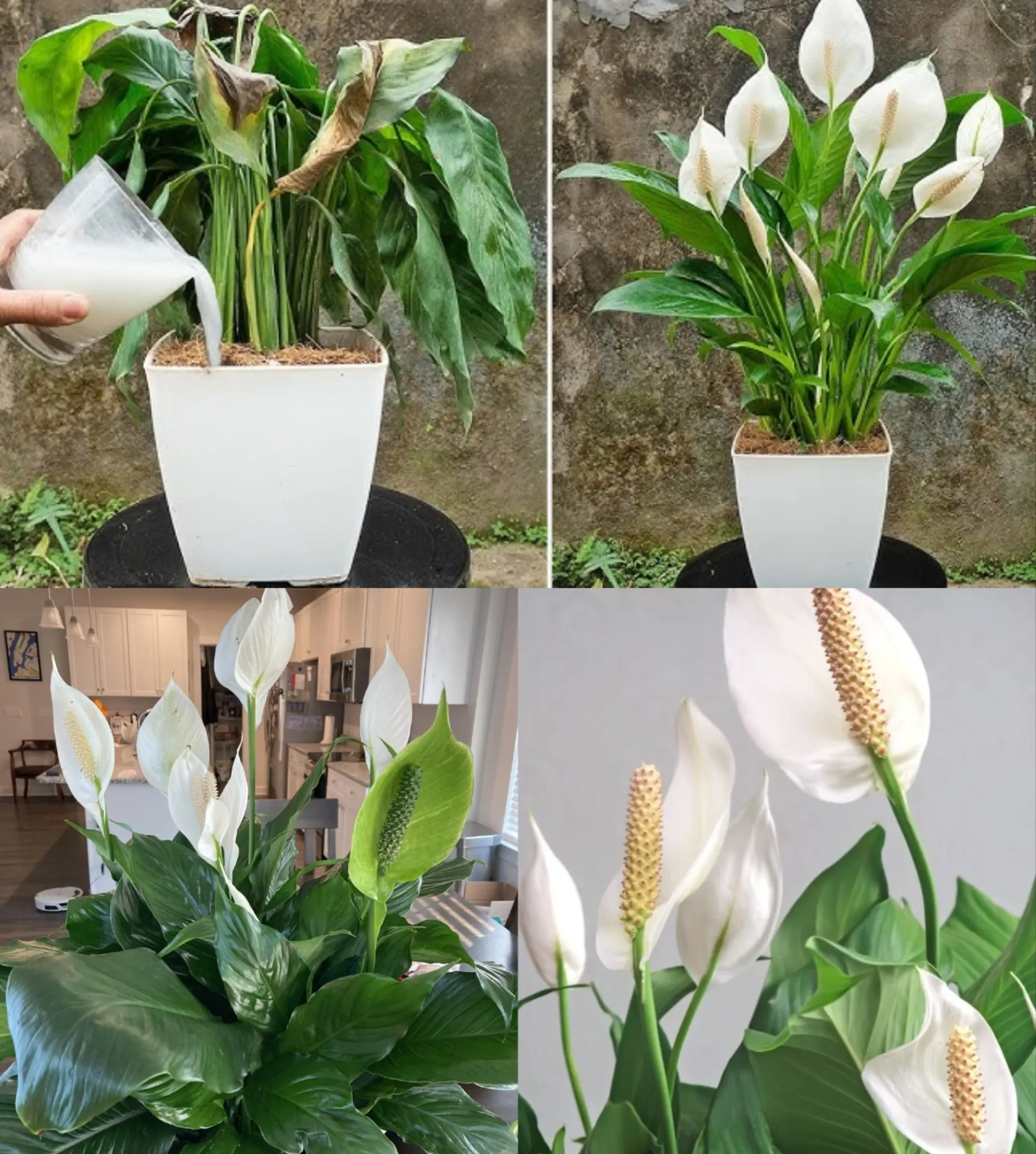
Just 1 Cup Makes Peace Lilies Bloom with So Many Flowers
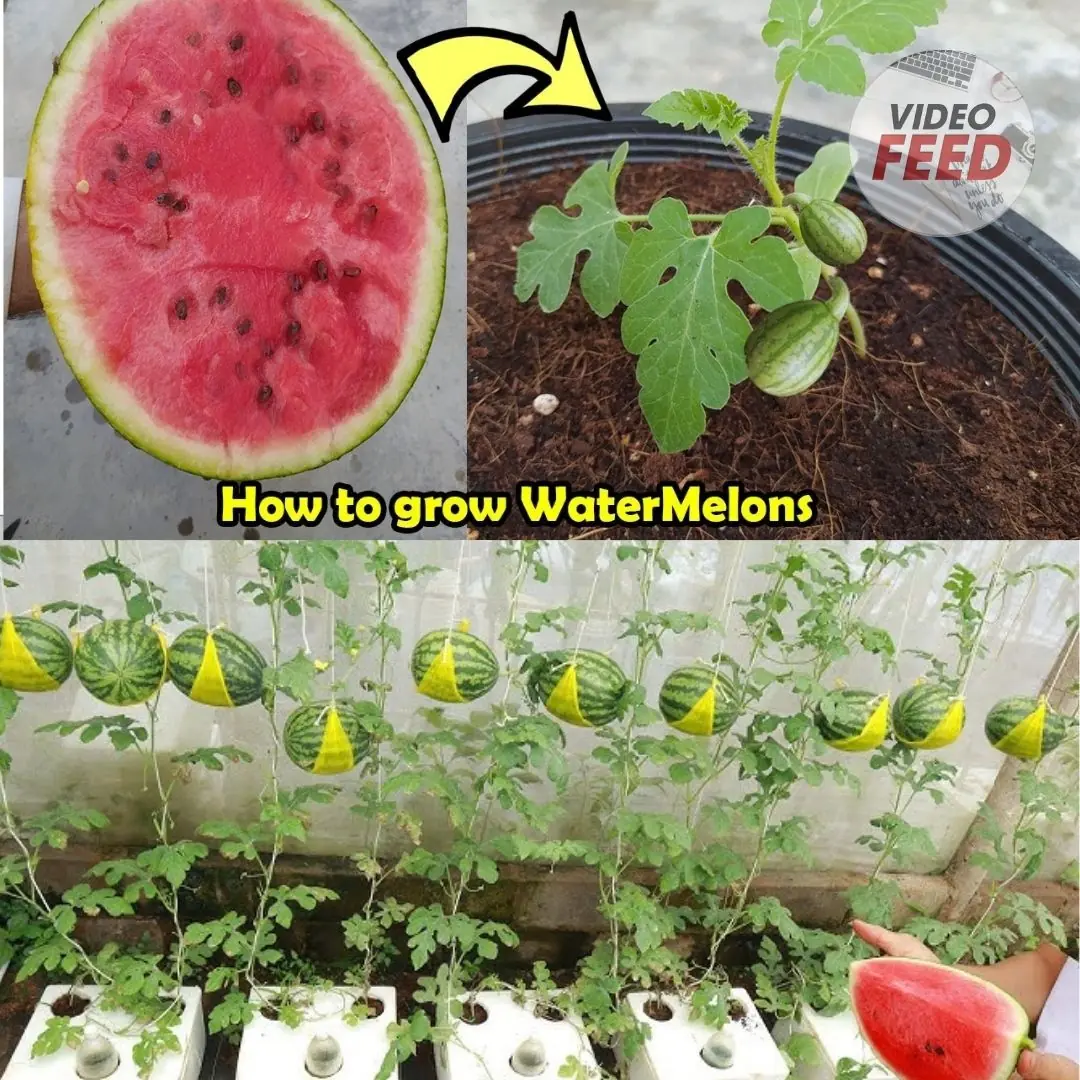
How to Grow Watermelons at Home: A Guide for Small Spaces & Balconies
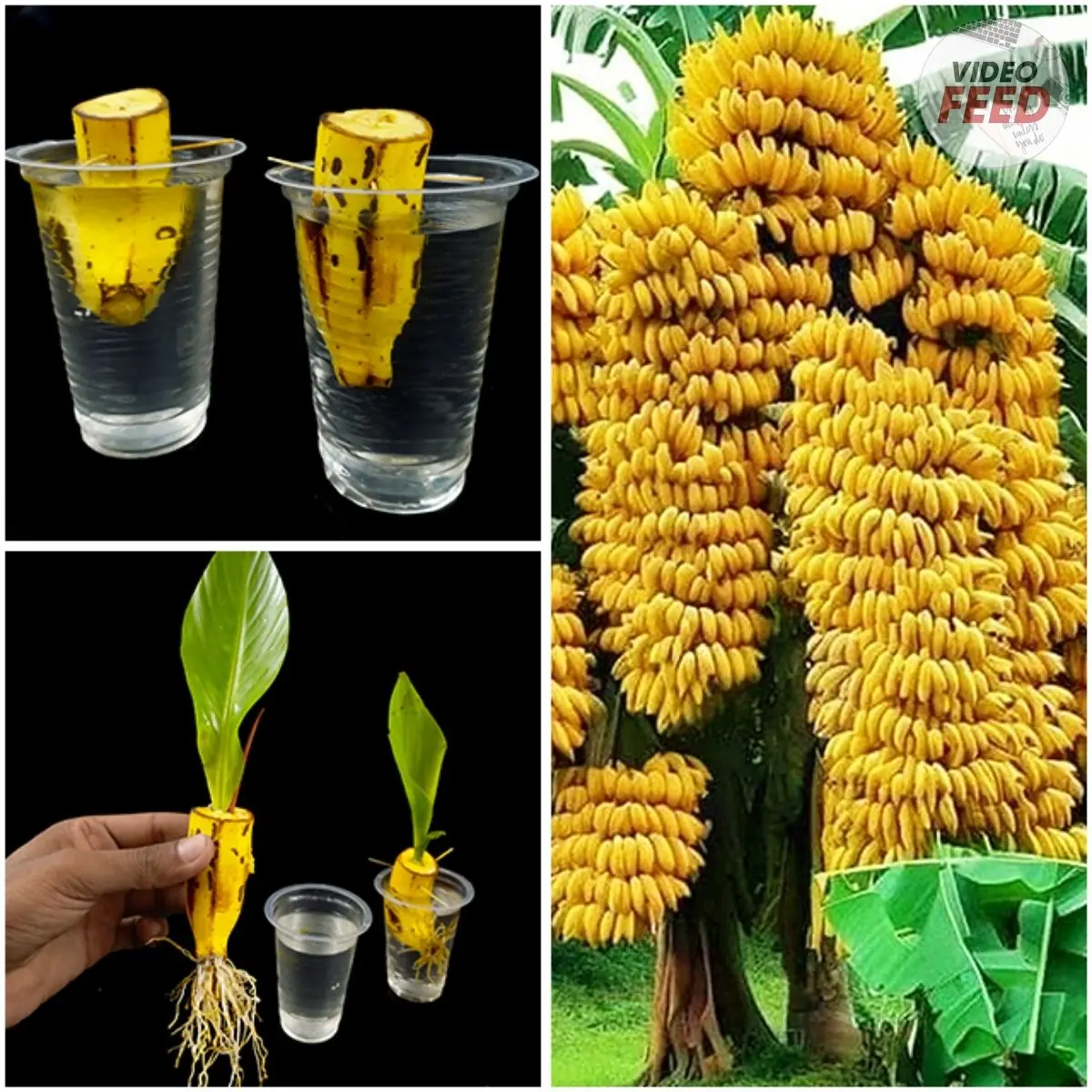
How to Grow a Banana Tree at Home and Never Buy Bananas Again
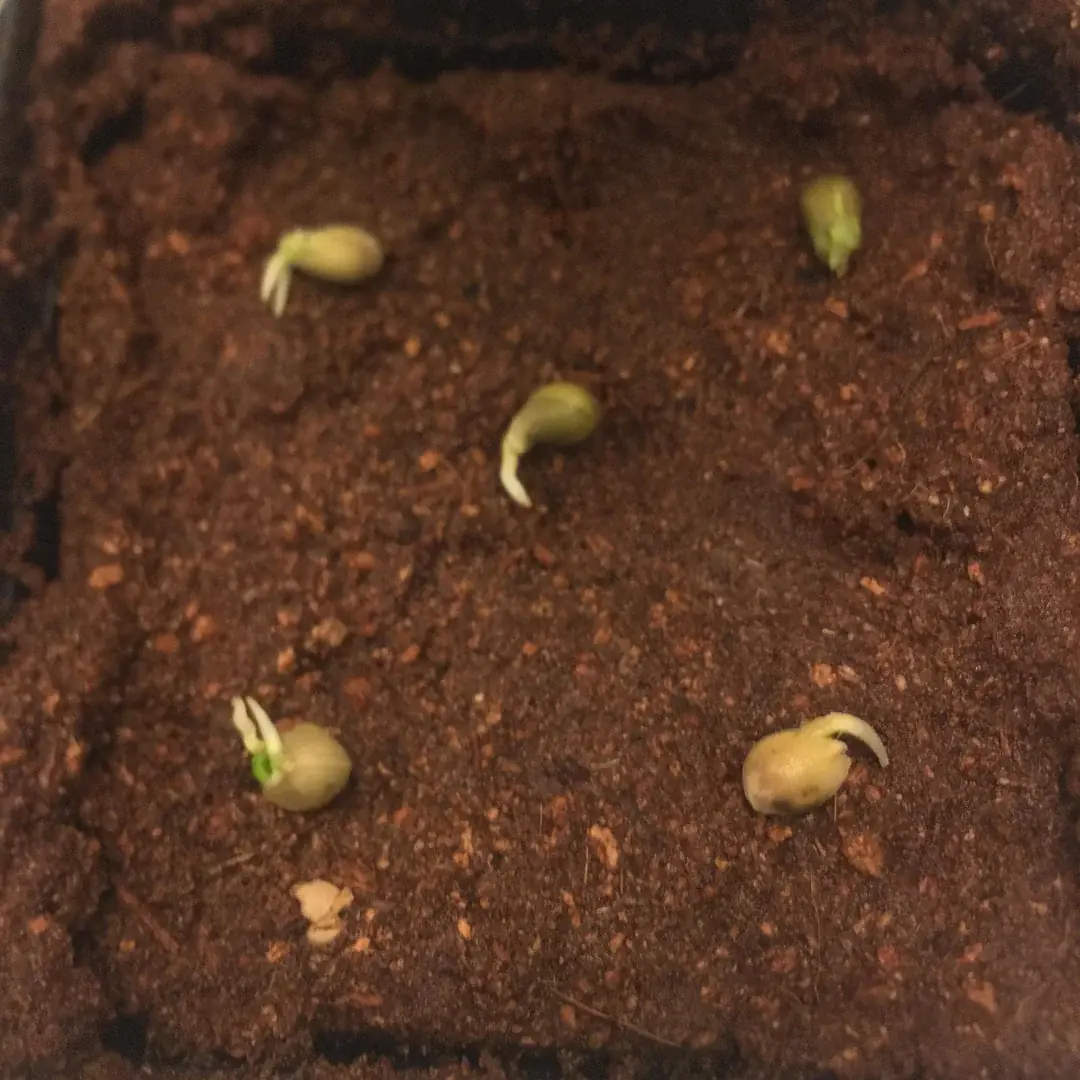
Here’s How to Grow Calamansi at Home — No Farm Needed
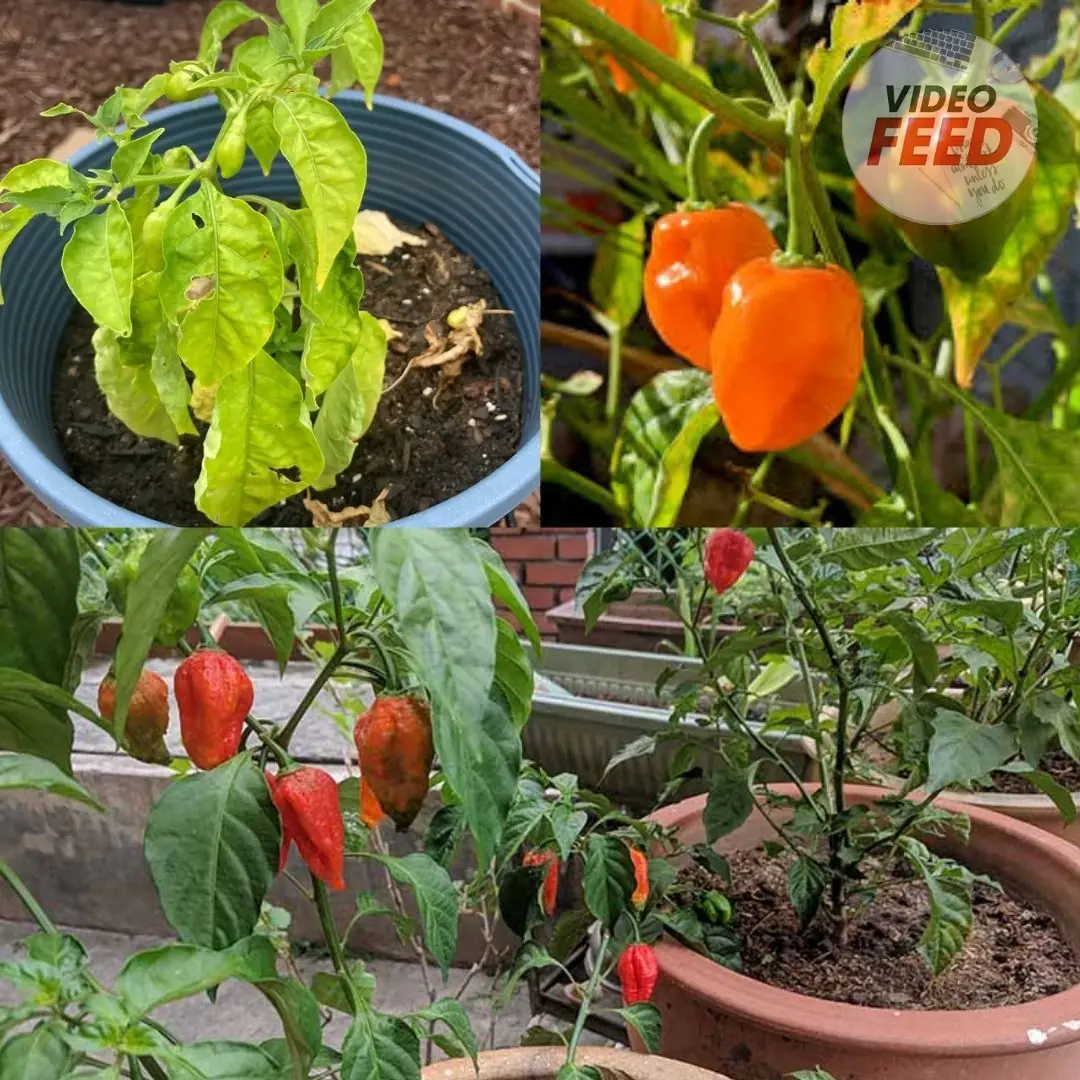
How to Grow Habanero Peppers in Pots
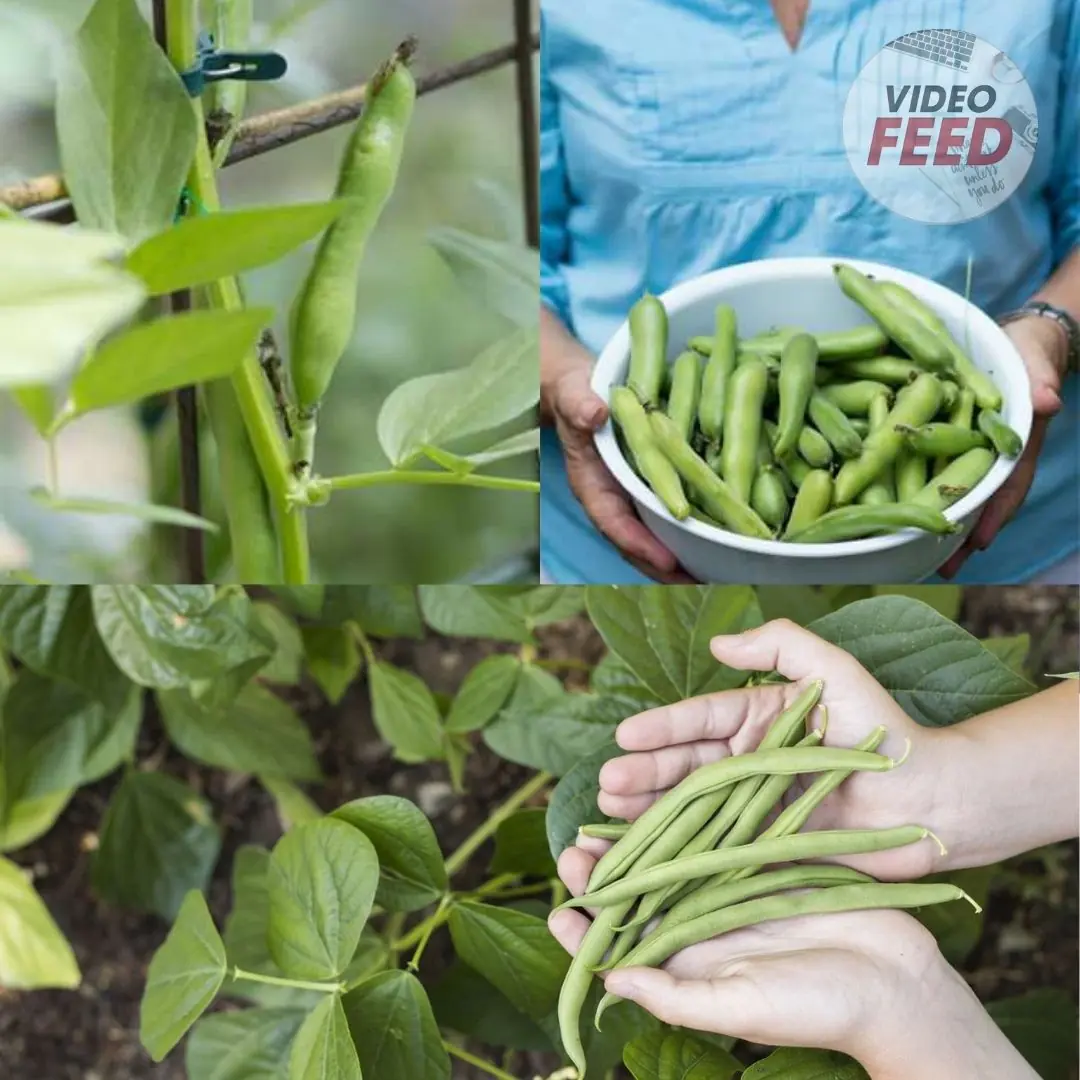
Grow These 5 Garden Beans This Summer
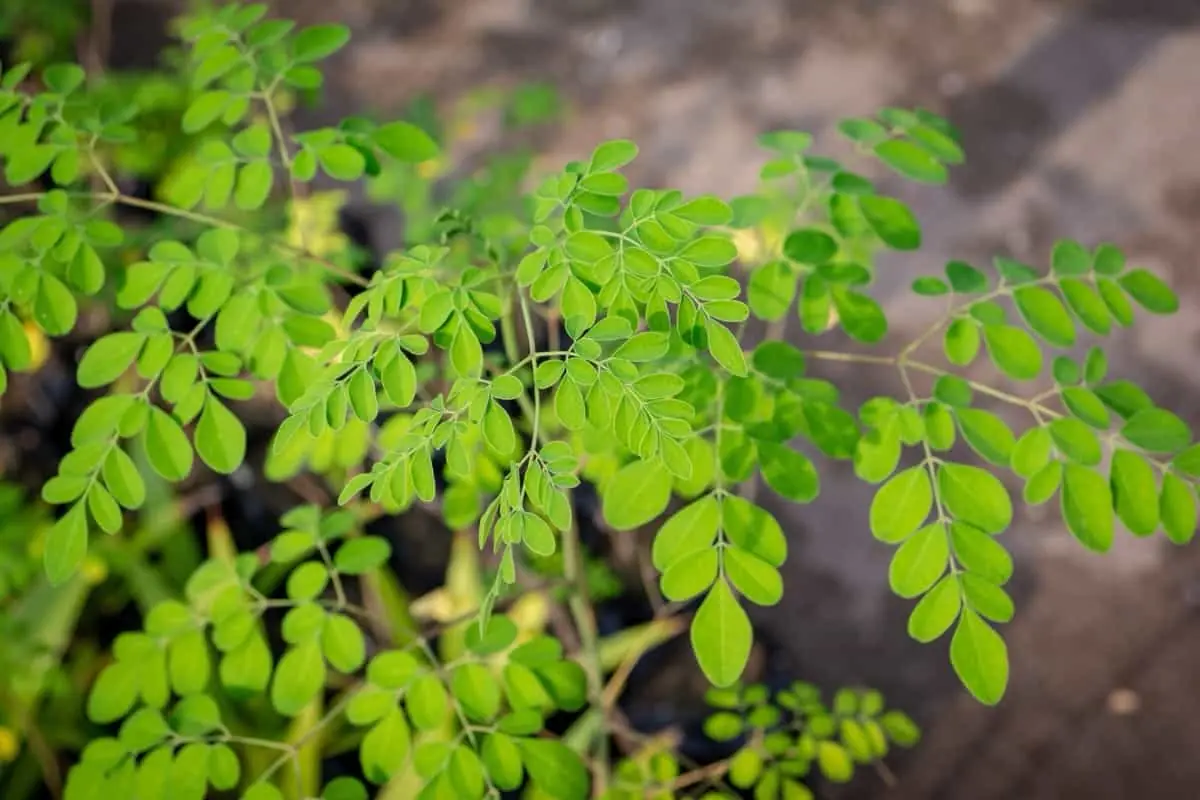
Why Asians Are Rushing to Grow This “Miracle Tree”: Heals Like Medicine, Sells Like Gold
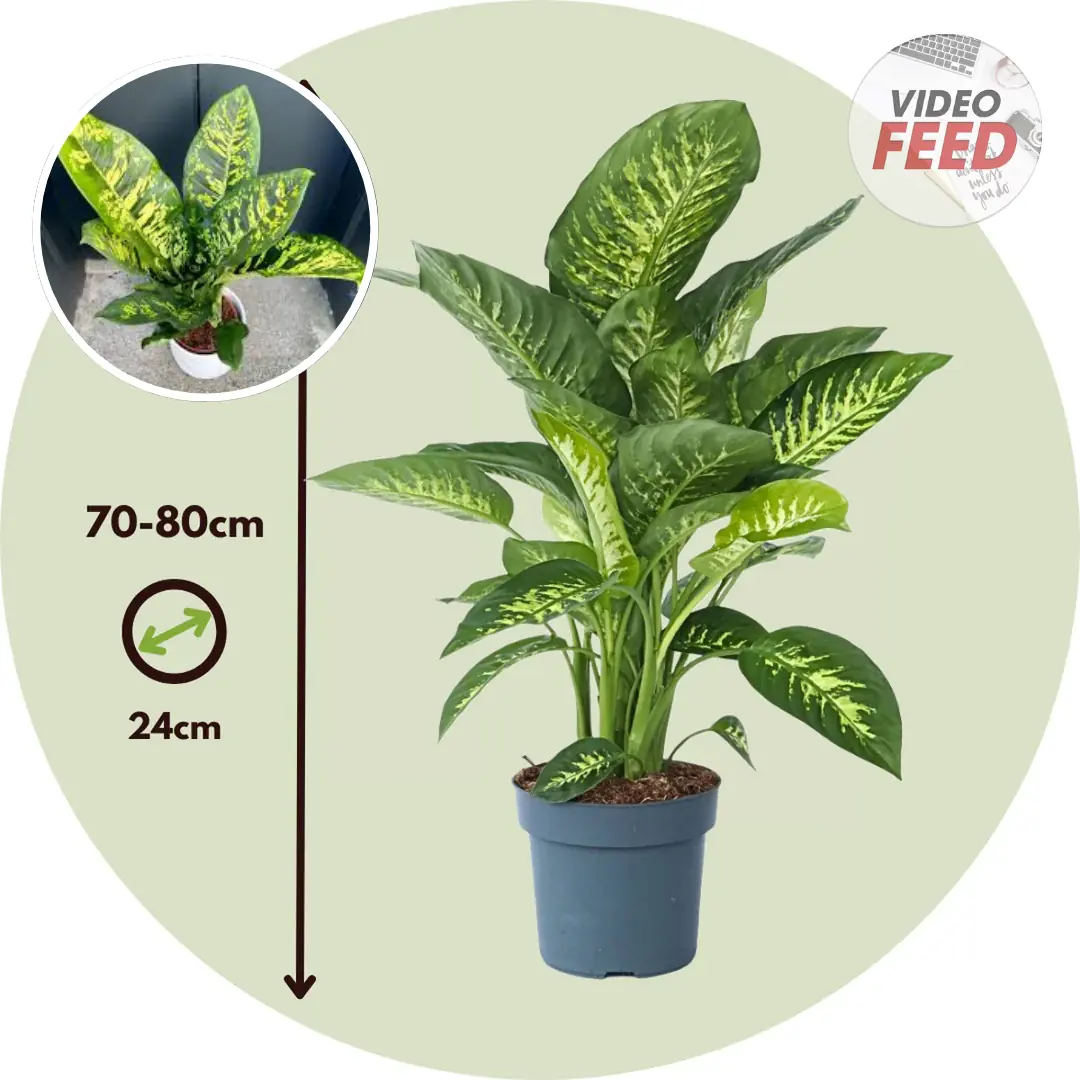
How to Grow and Care for Dieffenbachia
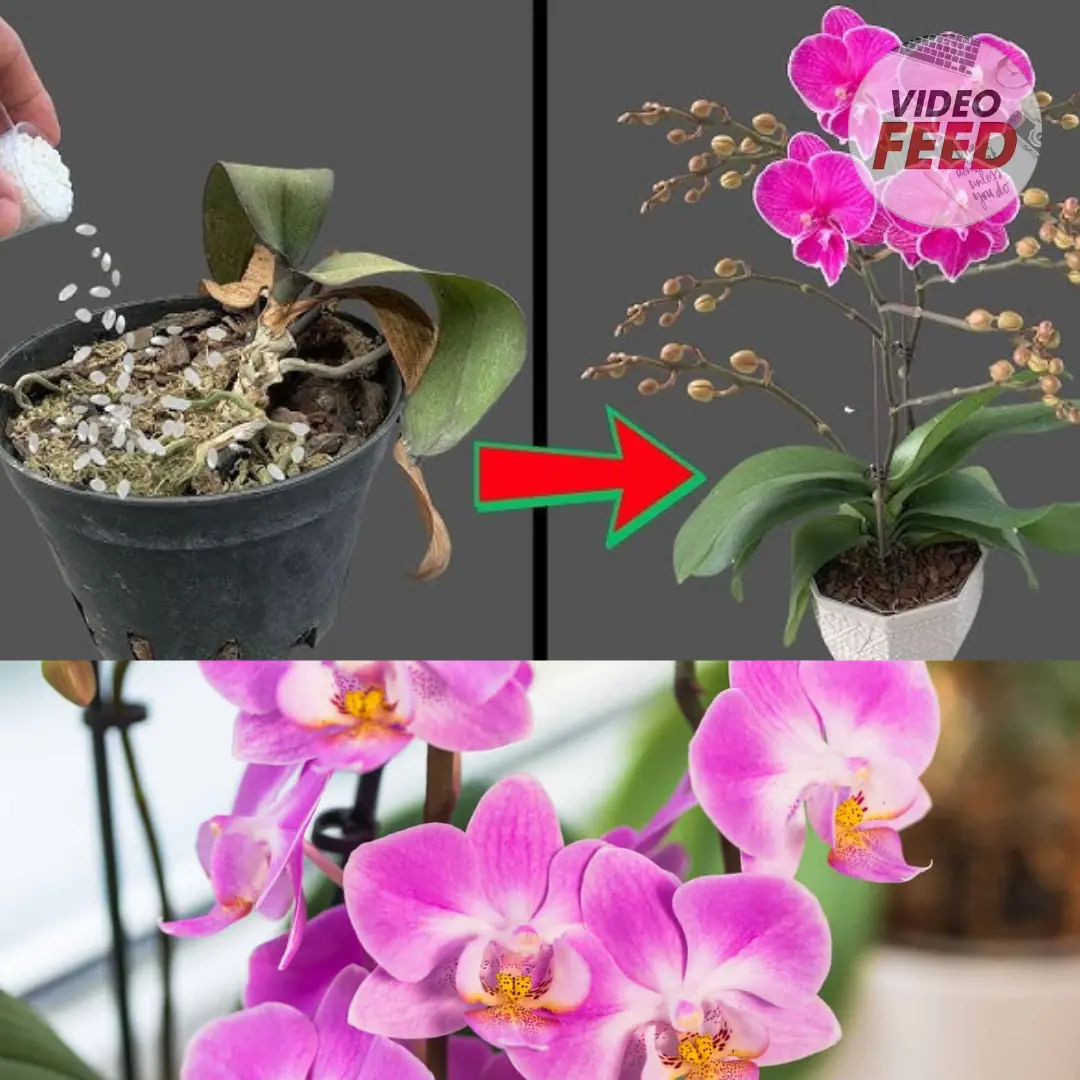
How to Grow and Care for Phalaenopsis Orchids Indoors
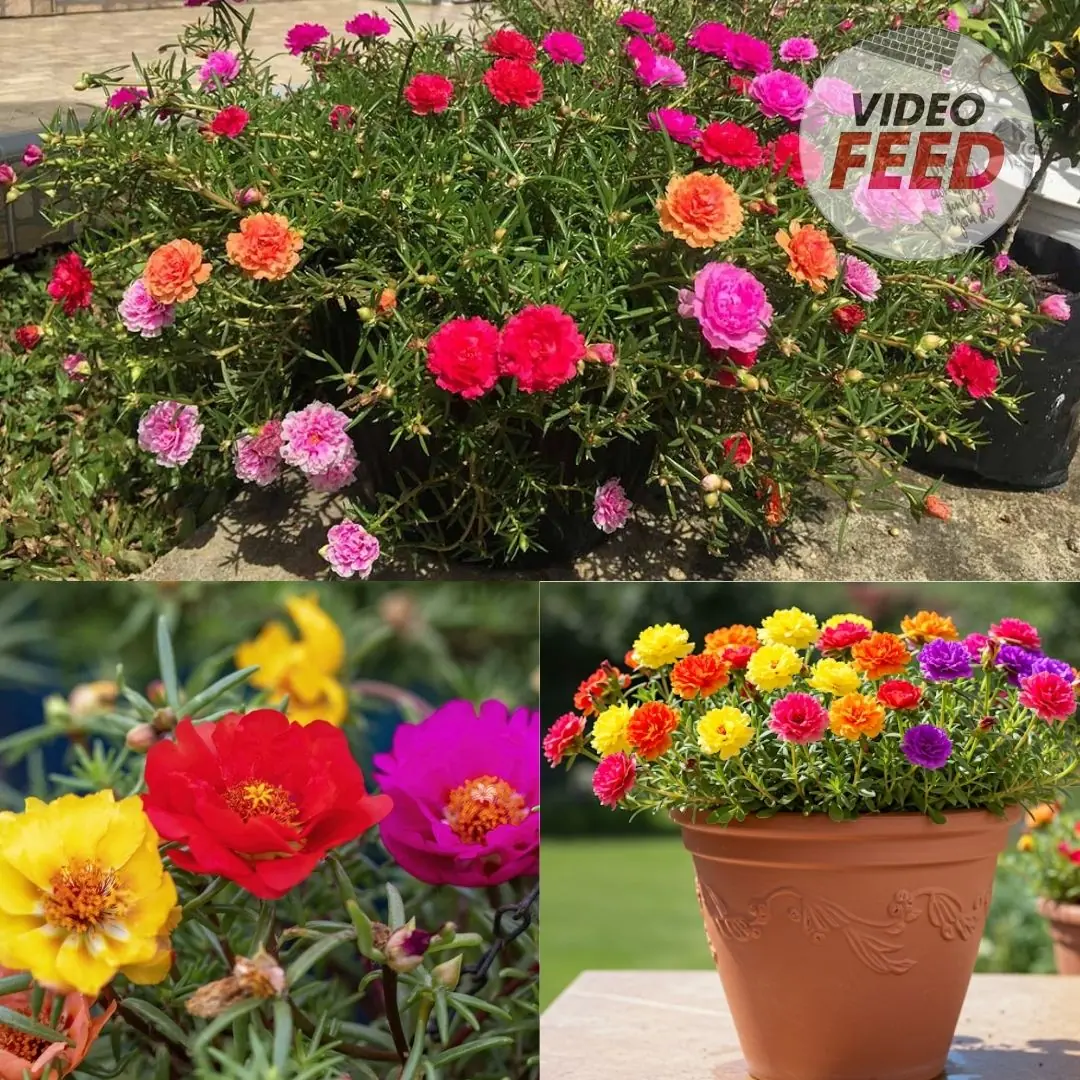
Portulaca in Pots: The Complete Guide to Growing Colorful & Drought-Tolerant Flowers Outdoors
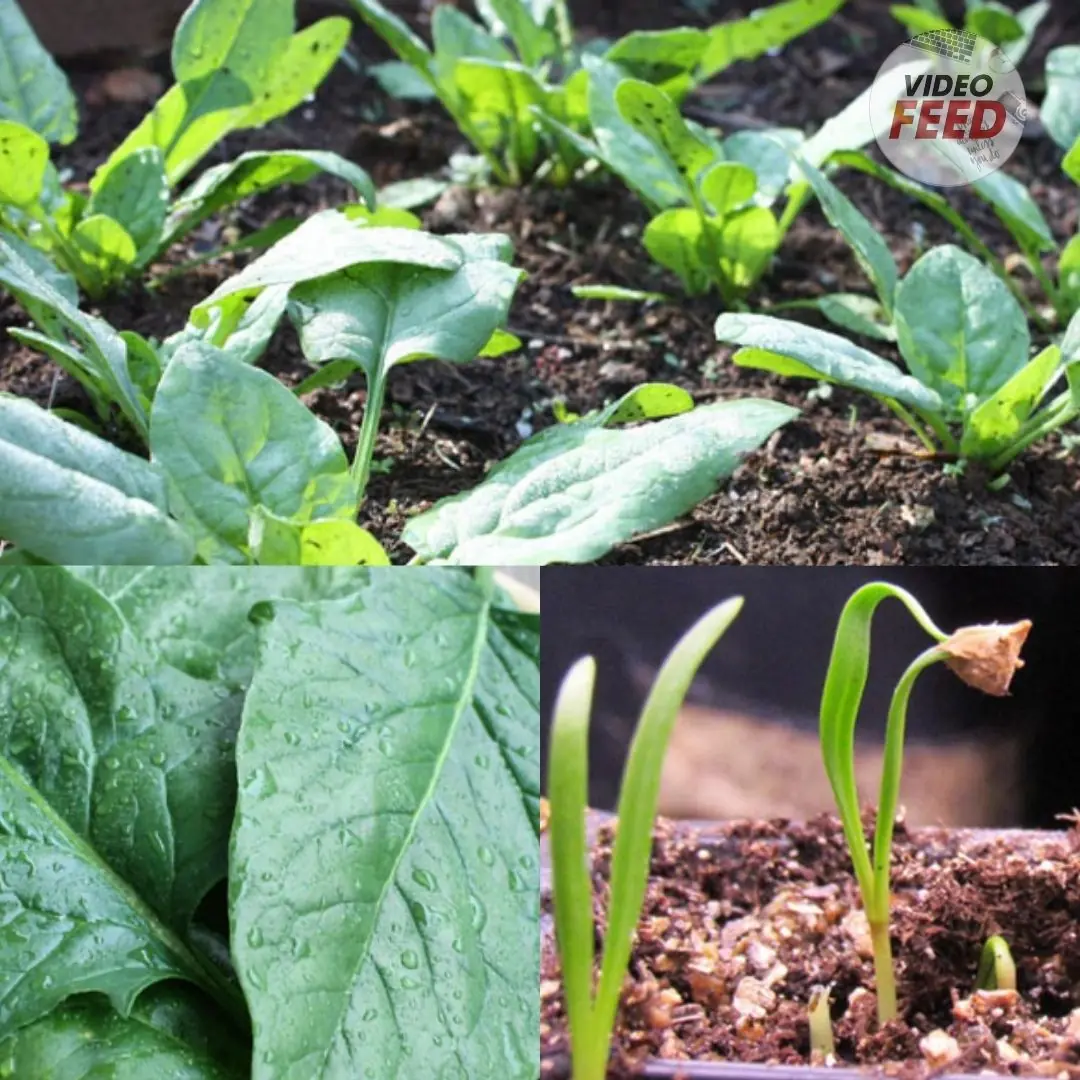
10 Tips for Growing Superb Spring Spinach
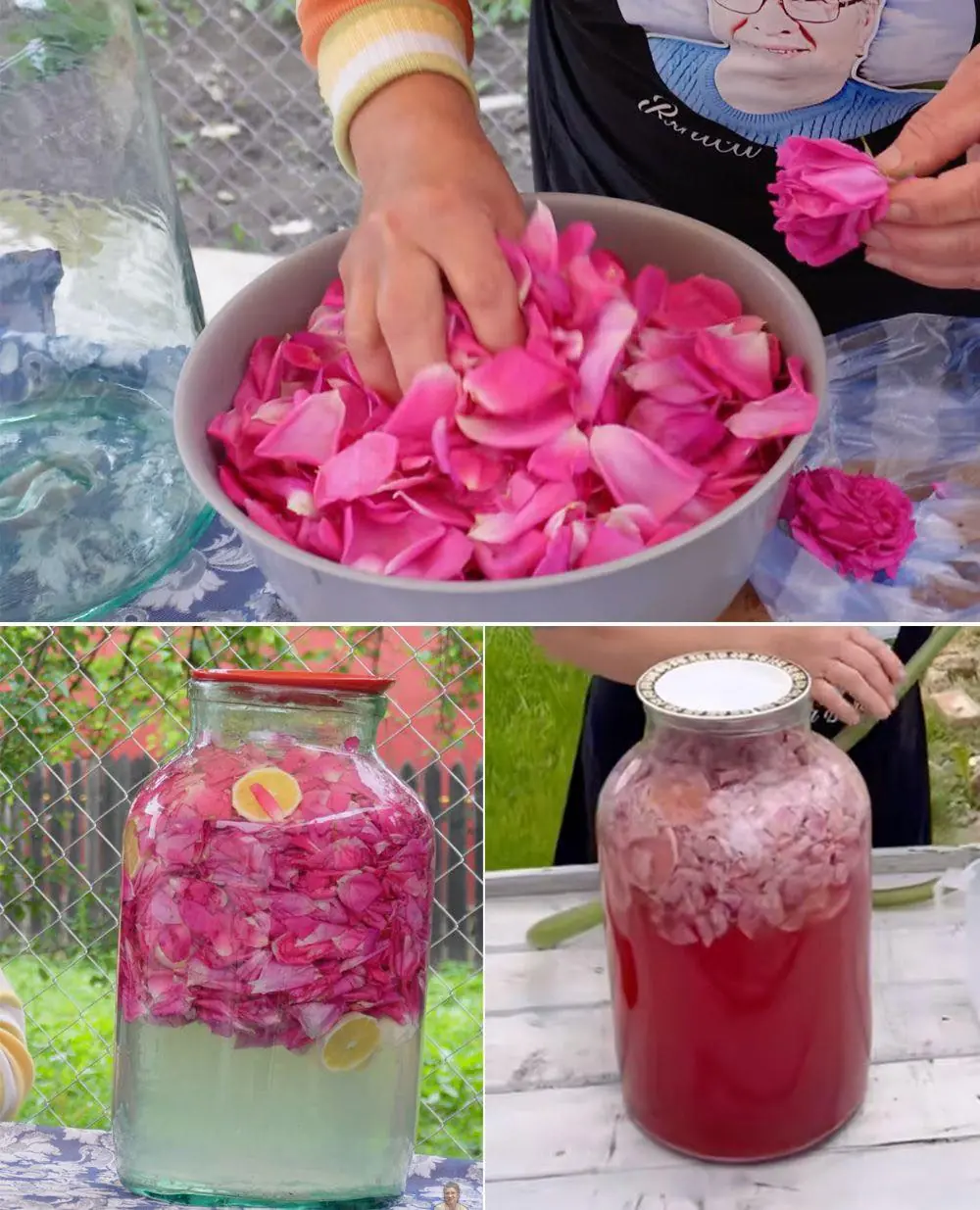
How to Make Rose Petal Lemonade – A Refreshing Homemade Drink
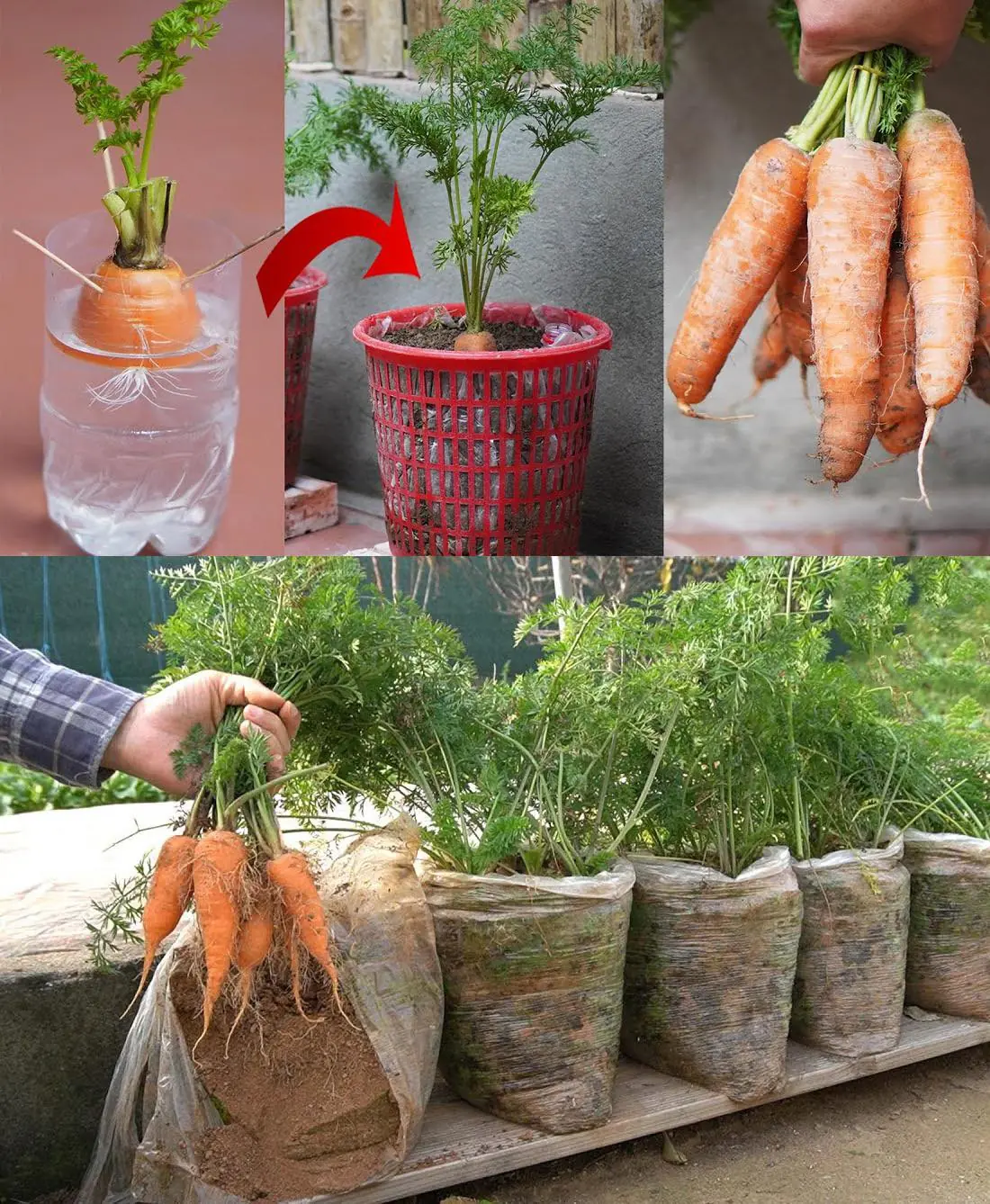
How to Grow Carrots at Home in Containers Starting with a Single Carrot
News Post
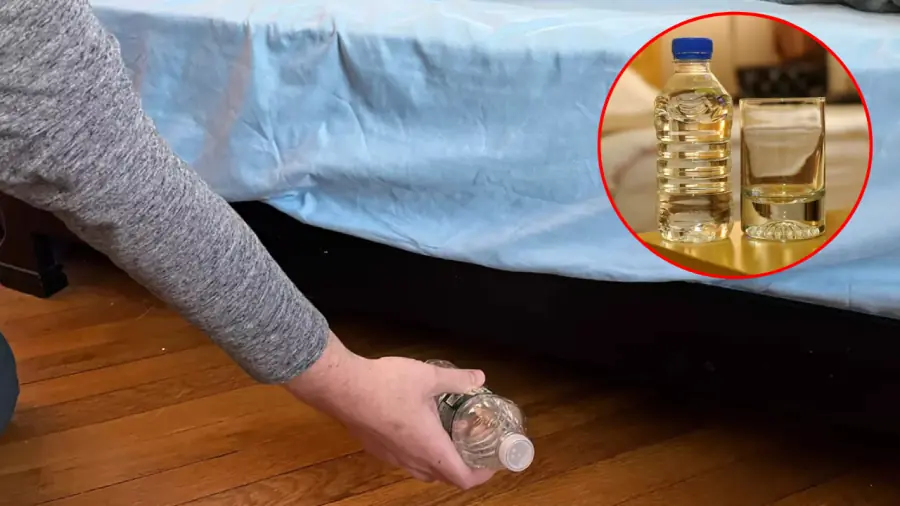
Always Throw a Water Bottle Under the Hotel Bed: A Flight Attendant Reveals Why

Drinking These 4 Common Beverages Could Be Harming Your Kid.neys

What a Daily Banana Could Mean for Your Blo.od Pressure?

When a Family Member Passes Away, Don’t Throw Away These 4 Important Things

Waking Up at Night to Urinate? Read This

A 14-Year-Old Girl Diagnosed with Colorectal Can.cer: Doctors Warn—It’s Better for Children to Skip Breakfast Than Eat These 4 Types

Every woman likes to be touched in these "3 places" on her body, especially the first place
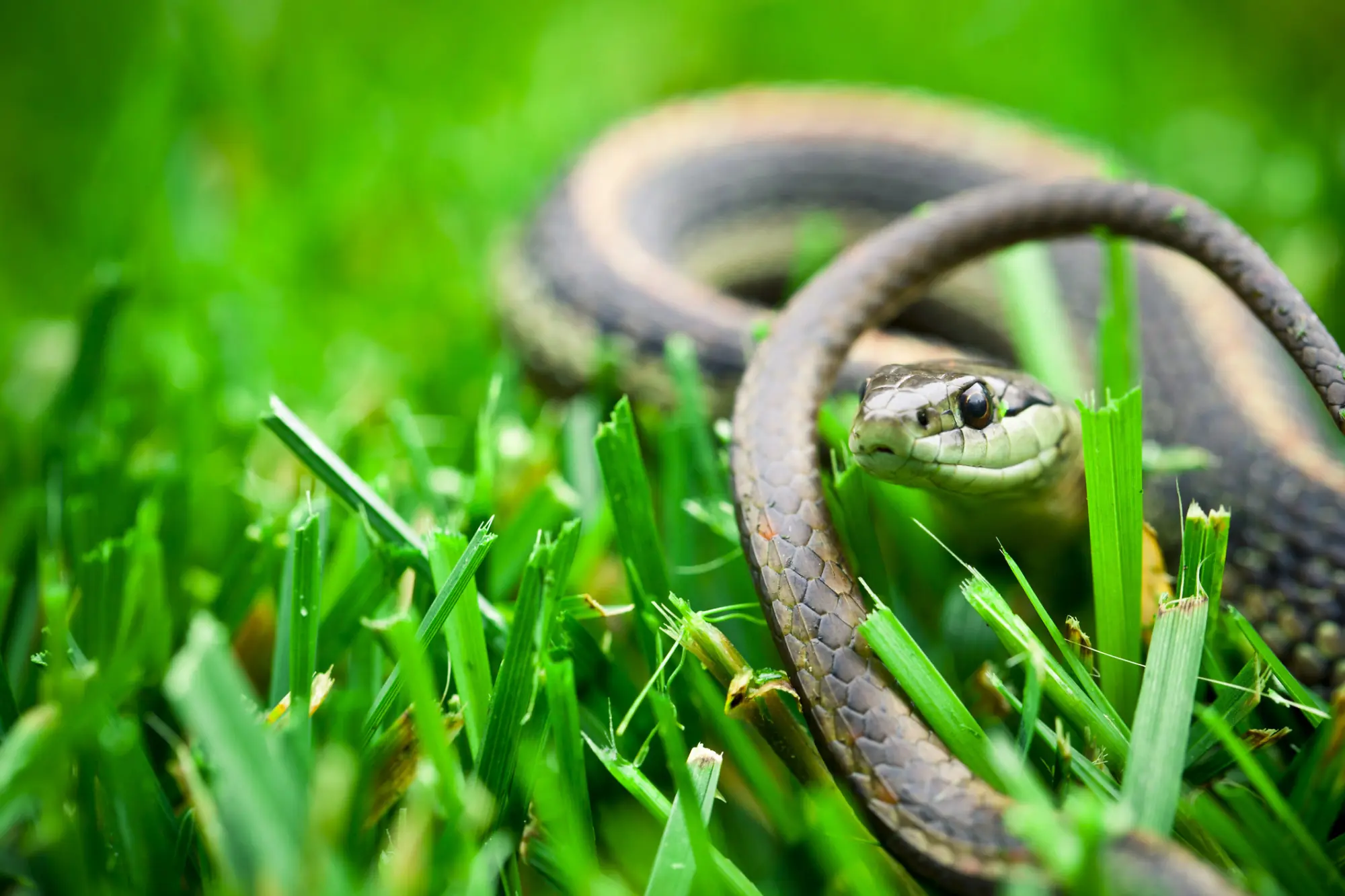
Plants That May Attract Snakes to Your Home: What You Should Know
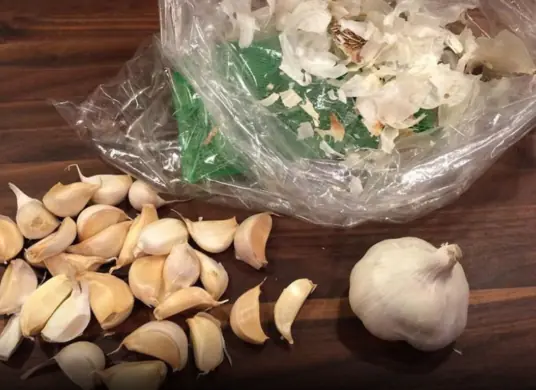
Garlic peels are not trash, don't rush to throw them away

Say Goodbye to Joint and Foot Pain with a Relaxing Rosemary Bath

If You See A Man With One Painted Fingernail, Here’s What It Means

Dog ticks bit 3 people in a family, 2 died: If you can't keep them clean, don't keep them, they're full of diseases

Don’t Ignore These 7 Early Heart Attack Warning Signs

Drink coconut water on an empty stomach for 7 days, kill 10 birds with one stone: it's a waste not to try it

8 Natural Remedies for Sinus Infections That Work Without Antibiotics
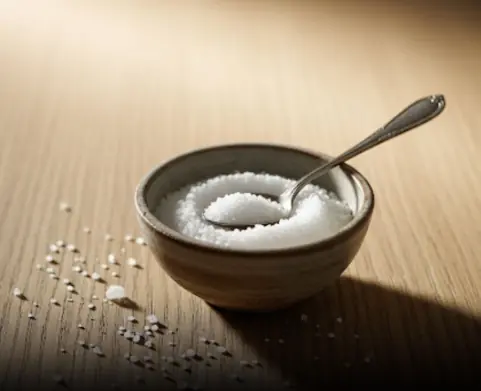
This One Superfood Could Tackle Major Health Issues—Here’s What You Need To Know

If You’re Farting More Than 25 Times a Day—It Might Be a Sign Your Body is Trying to Warn You
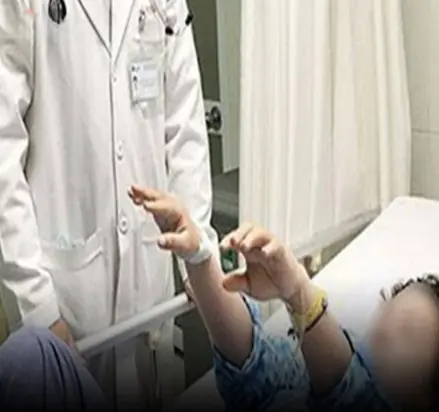
Preventing Stroke At Any Age: 3 “Don’ts” After Meals—And 4 “Don’ts” Before Bed

Why You Might See Unusual White Bumps On Your Lips Or Genitals
